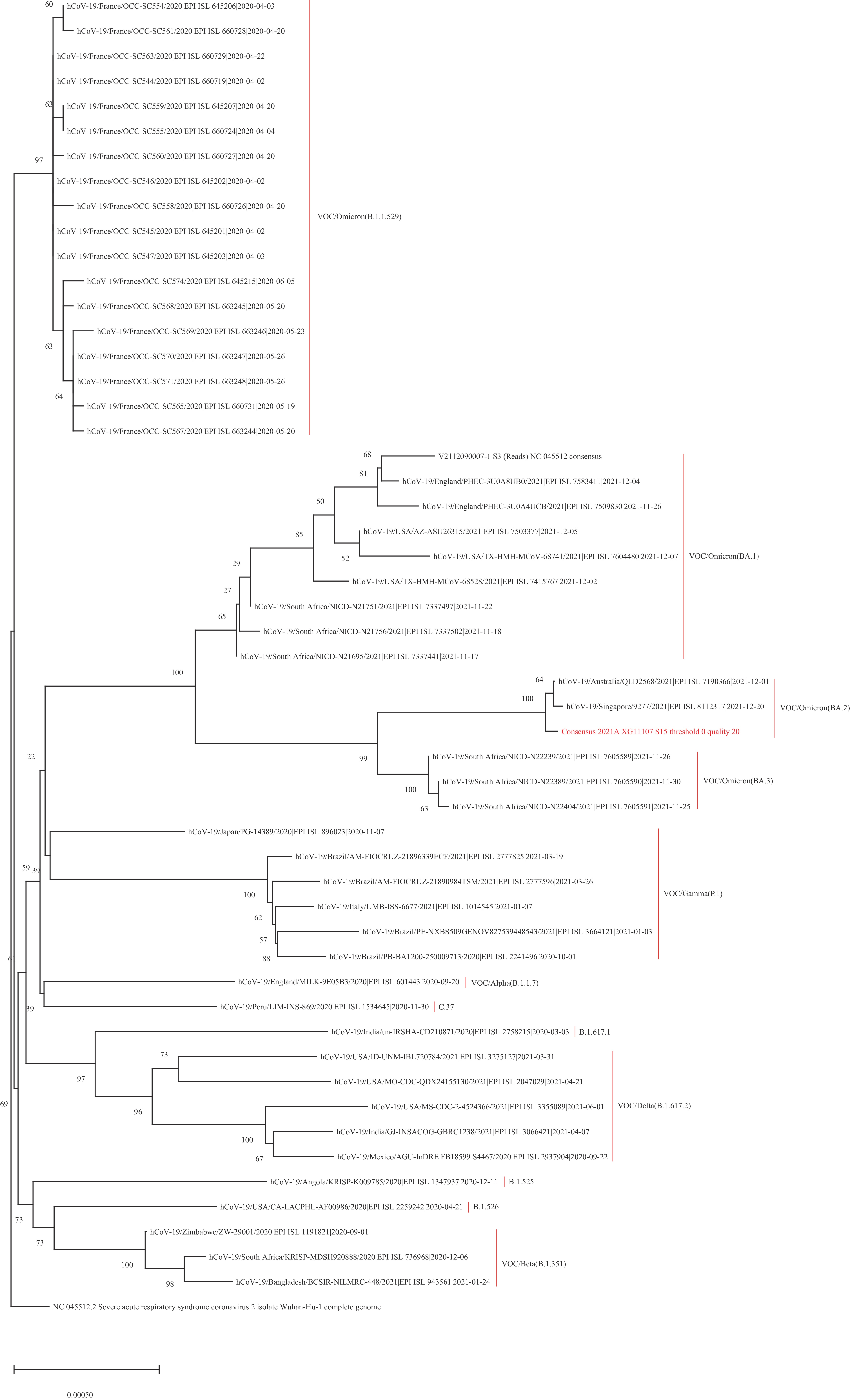2022 Vol. 4, No. 5
Reducing population mobility and increasing the vaccination rate for severe acute respiratory syndrome coronavirus 2 can decrease the transmission of coronavirus disease 2019 (COVID-19).
In order to reduce the incidence of COVID-19 to the levels of influenza after restoring normal mobility, the efficacy against infection needs to be increased to 40% and the efficacy against symptomatic disease needs to be increased to 90%. The efficacy against infection has a more important impact compared to efficacy against symptomatic disease or death on the transmission of COVID-19 at the population level.
The population should continue maintaining non-pharmaceutical interventions and minimize international movement to prevent transmission of COVID-19. Furthermore, developing new vaccines or promoting booster vaccinations should be considered to increase efficacy.
Similar to antibody detection, severe acute respiratory syndrome coronavirus type 2 (SARS-CoV-2)-specific T-cell response evaluation is also pivotal among the coronavirus disease 2019 (COVID-19) convalescents and the vaccinated populations. Nucleocapsid (N) protein is one of the main structural proteins of SARS-CoV-2 and can trigger T-cell responses in humans.
An overlapping peptide pool covering the full length of the N protein was designed, peptides with positive T-cell activating potency in COVID-19 convalescents were screened, and CD8+ T cell epitopes were further identified. The epitope was used to detect the SARS-CoV-2-specific CD8+ T cell responses in COVID-19 convalescents based in intracellular cytokine staining and tetramer staining in flow cytometry.
A human leukocyte antigen A (HLA-A)*1101-restricted CD8+ T cell epitope, which could stimulate the production of IFN-γ via peripheral blood mononuclear cells (PBMCs) of the convalescents was defined, and the tetramer generated with this epitope could detect SARS-CoV-2-specific T cells in the PBMCs of the convalescents. The structural investigation eliminated that the epitope was a typical HLA-A*1101-restricted T-cell epitope which was conserved among all the sarbecoviruses.
The newly identified SARS-CoV-2-derived T-cell epitope was helpful to detect the cellular immunity against different sarbecoviruses including SARS-CoV and SARS-CoV-2. This study provided an evaluation method and also a peptide candidate for the research and development of T-cell based vaccine for the virus.
Repeat positive severe acute respiratory syndrome coronavirus 2 (SARS-CoV-2) following COVID-19 initial viral clearance (re-positivity) poses a public health management challenge. The objective was to determine factors associated with neutralizing antibody (Nab) level and re-positivity among patients infected with a single strain SARS-CoV-2.
During a single strain SARS-CoV-2 cluster in Beijing, China, longitudinal individual clinical, virological, and immunological data were collected from 368 infections from June 13 to September 22, 2020. Factors associated with Nab level and re-positivity were analyzed using generalized estimating equations.
A total of 353 (96%) SARS-CoV-2 infections had demographic, clinical, and laboratory data available. Among the 353 infections, 55 (15.5%) were re-positive, and blood draws were taken from 346 individuals (98.0%) during hospitalization and/or during the follow-up period. Symptoms were milder for the second-time admission for the re-positives, although 36.4% of re-positives presented with radiographic appearance of pneumonia manifestation. Compared to non-re-positive patients, NAb titers were lower among re-positives; NAb was positively associated with clinical severity. Samples from the lower respiratory tract manifested higher viral load than that from the upper respiratory tract. Multivariable analysis showed re-positivity was positively associated with being female [odd ratio (OR)=1.7, 95% confidence interval (CI) 1.1–2.8] and being aged <18 years (OR=5.2, 95% CI 1.5–18.1); having initially asymptomatic infection (OR=13.7, 95% CI 1.6–116.3); and negatively associated with a higher NAb level (OR=0.9, 95% CI 0.5–1.7).
NAb may be important for sustained viral clearance. Lower respiratory tract infection was associated with higher viral load among all infections when compared to upper respiratory tract infection. Continuous lower respiratory and intermittent upper respiratory viral shedding among COVID-19 infections may occur.



 Subscribe for E-mail Alerts
Subscribe for E-mail Alerts CCDC Weekly RSS Feed
CCDC Weekly RSS Feed



